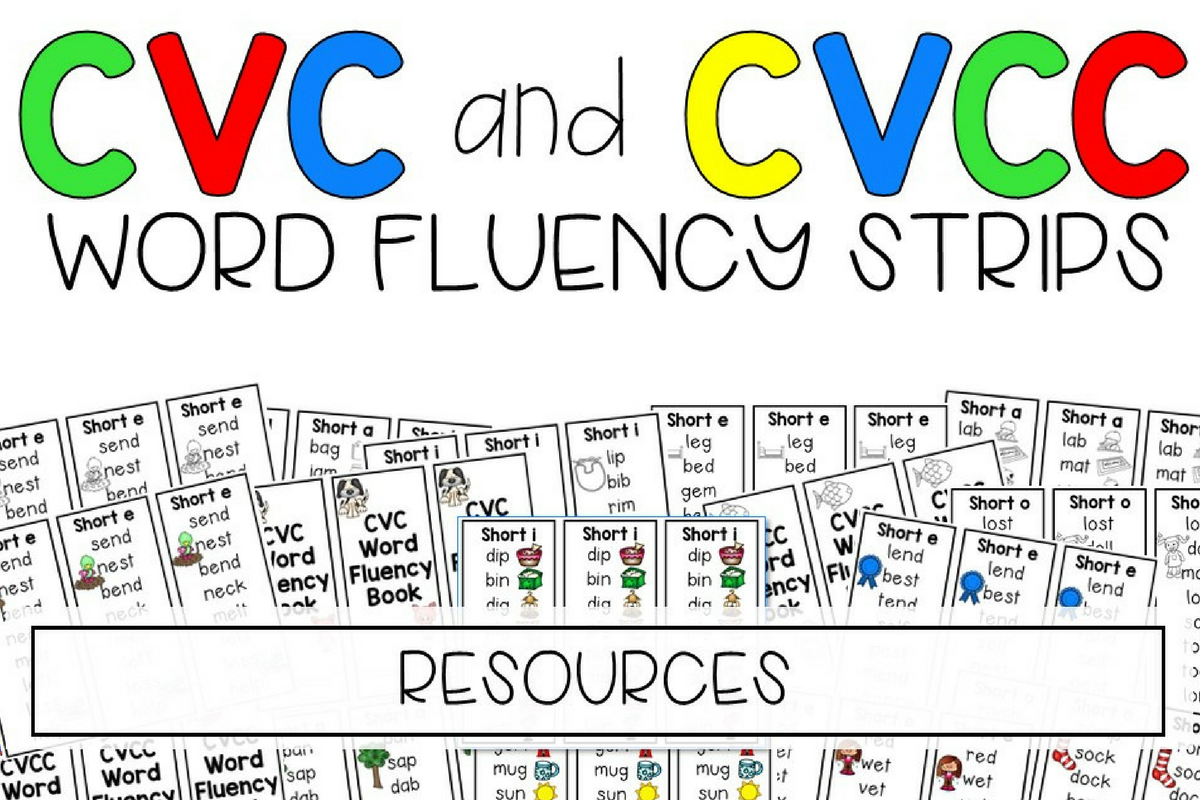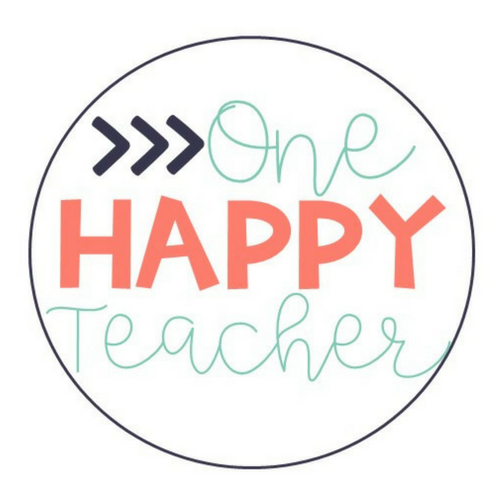We recently completed a unit on fractions and my oldest kiddo had done really well with identifying, comparing, and writing fractions. In fact, he told me that he was ready to move on from fractions. Well the beauty of homeschool is that we could just totally move on! But when I thought for a minute, I suddenly thought of a way to stretch his thinking in regards to fractions a bit. I knew that he could pretty easily identify that thirty minutes was one half of an hour and even that a quarter of an hour was fifteen minutes. But would he recognize that one-sixth of an hour was ten minutes? Or that five-sixths was fifty minutes? We were about to find out. I sent him to play for a few minutes so I could print out some clocks. (Plus, it gave his little brain a break, which is so important!)
Then we set out to do a little exploration! He cut out the clocks, partitioned circles into equal parts, and discovered different fractions of time. It definitely caused him to think a bit. Could he partition the clock into six equal parts? Twelve equal parts?
Out of this spur of the moment lesson, it made me remember a few important things! Making connections between concepts truly strengthens learning. By integrating time and fractions, my kiddo now has a better and deeper understanding of these concepts. Rather than seeing these skills in isolation, he saw how they worked fluidly. Isn't that what we want for our students? Isn't that more realistic in terms of how we learn in life anyway?
Plus, by focusing on time and fractions, learning had become more authentic and meaningful for him. And authenticity and meaning help lead the brain to better remember information! I don't know about you but I need to do all I can to help strengthen my little learners' neural pathways!!
One more reason that combining these math skills was a good ideas is that the idea of a challenge was very motivating for him. Earlier he in our day he stated that he knew everything about fractions. By stretching his cognitive abilities a bit, he was excited to continue focusing on the topic. Presenting children with a problem or question and allowing them to explore the answer or test and retest ideas is always highly stimulating for kiddos.
So in order to allow your students to connect time and fractions, I've created a little freebie that you can grab by clicking on the picture above. I've created it to be a guided exploration but you could certainly make it very open ended and have your students come to some conclusions on their own about fractions. And you could extend it to discuss even smaller fractions, such as 1/20 or 1/60.
I'd love to hear how what fun things you do to teach fraction and/or time. Have you ever integrated these skills? If you did, what did you do and how did you see the benefits in your students?

























